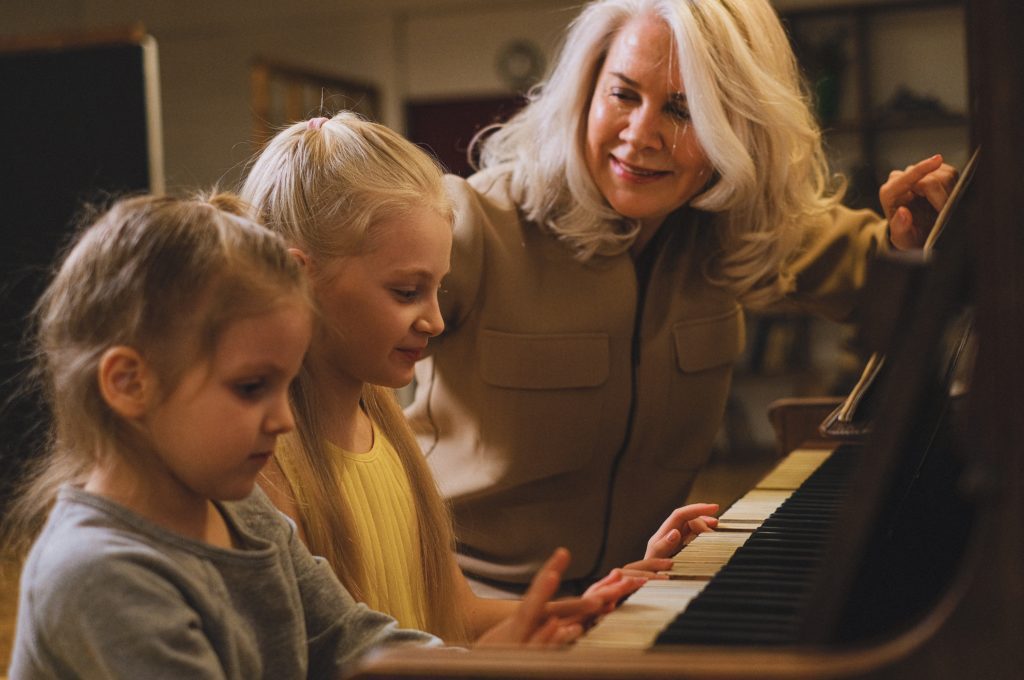The Importance of Arts Education
By • March 9, 2022 0 1406

Nowadays, we hear a lot about the importance of a STEM — or Science, Technology, Engineering and Math — education. Some schools have added an “A” to this formula to represent the arts, nicknaming the effort “STEAM.”
While adding an A for arts to the other areas of study is welcome, many times that A stands for arts like graphic design. Frequently, creative arts like music, dance and performance are left out of education entirely in our nation’s schools. This is often because many schools are underfunded and just simply unable to add the arts to their curriculum. But it’s also due to an unfortunate shift in priorities.
The arts teach students so many lessons. According to Americans for the Arts, the nation’s leading arts education nonprofit, some of those lessons are “practice makes perfect, small differences can have large effects and collaboration leads to creativity.” They’re not wrong. I have had the opportunity to teach piano lessons to around 40 children and adults over the last eight years. Every spring, I hold a piano recital and it brings me such great joy to see the students perform songs they spend months practicing. The pride and excitement the students have is infectious.
Despite the many benefits of arts education, however, not every student has access to the arts. Keeping arts in public schools allows students to continue to develop their language and social skills, decision-making and risk-taking and creativity. If art is incorporated with other subjects, students who may not always be engaged become more interested (trust me, it works — in seventh grade History we studied the Revolutionary War. For the end-of-unit project I wrote a play and got my class to play the parts).
Students who may have behaviorial issues also benefit from the arts. According to a 2010 study of Missouri public schools, greater arts education led to fewer disciplinary infractions and higher attendance, graduation rates and test scores.
Back to the concept of STEM or STEAM — perhaps it’s crucial to keep the A in the acronym. Why? Think about how many notable figures from the sciences were also musicians. Albert Einstein played the piano and violin. Thomas Edison played the piano. Neil Armstrong played the baritone horn. Mae Jameson studied modern dance. The list goes on and on. The point is music and the arts are an important part of teaching skills needed to make excellent scientists and inventors.
If we don’t continue to teach the arts in schools, we won’t have the opportunity to hear beautiful music, watch incredible dance shows or laugh with a new musical of the moment from the next generation.

